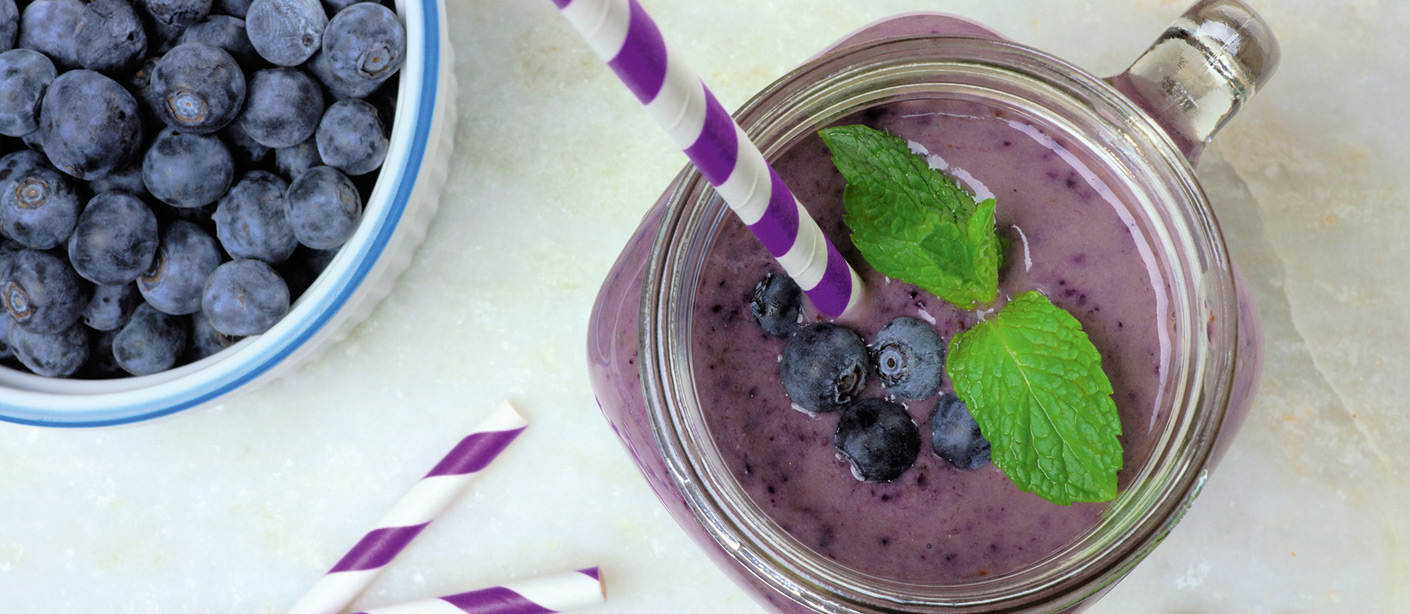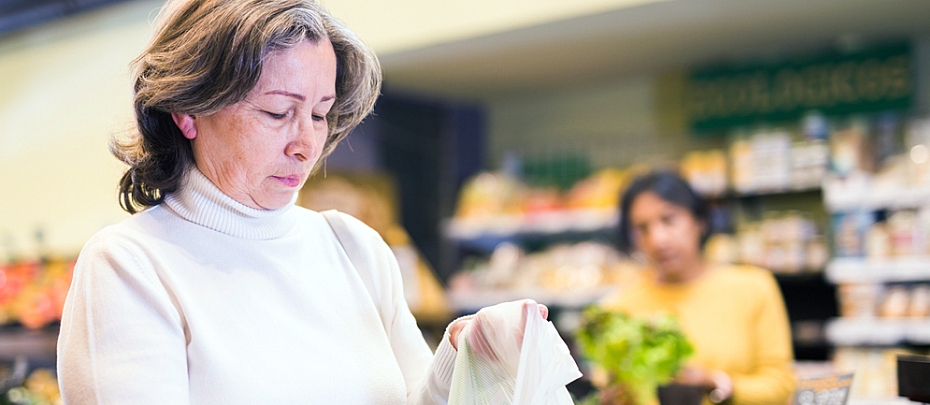4. Be Smart About Carbs
Foods rich in carbohydrates can provide a lot of good nutrients. But compared to fats and protein, carbs have the most significant impact on blood sugar. That's why it's important to choose your carbs wisely and opt for whole grains and low glycemic index foods when possible.
Low-glycemic carbohydrates are converted to glucose more slowly, which can help minimize blood sugar spikes. Examples include fiber-rich foods such as legumes (beans, lentils and chickpeas), fruits (pears, grapefruits, cherries and apples), vegetables (spinach, carrots and asparagus) and starches (barley, oats and yams).
5. Pay Attention to Portions
It's not just what you eat, it's how much of it, too. When managing your blood sugar, here are some simple guidelines to keep in mind for healthy portions:
- One cup = a fist
- 3 ounces = palm of your hand
- One tablespoon = thumb
6. Make Simple Swaps
Most traditional holiday recipes can be made healthier with simple ingredient substitutions. For example, if you’re making mashed potatoes, replace a portion of your potatoes with cauliflower. Once it’s blended together, you may not even notice a difference. Use Greek yogurt instead of high-fat sour cream. And sweet potato casserole can be replaced with roasted sweet potatoes for a more diabetes-friendly offering.
7. Slow Down
Did you know that it takes 20 minutes for your brain to catch up with your stomach and let you know that you're full? Eating slowly can help you recognize that you feel full before you overeat, meaning you consume fewer calories. This is a great opportunity to practice mindfulness, too. To help slow down your eating, take frequent breaks to breathe deeply, chew slowly, place your utensil down or take a sip of water between bites.
8. Strike a Balance
Managing your blood sugar and enjoying holiday eating can be tough with so many carbohydrate-rich foods on the table. Striking a balance between high-fiber carbohydrates, proteins and healthy fats will help support your overall health and blood sugar. Make sure you eat a balanced meal of fiber, protein and fats before the holiday gathering so that you don’t arrive ravenous and tempted to overindulge on carbs. Here are some combos to try:
- Blueberry smoothie: unsweetened Greek yogurt (protein) + blueberries (fiber) + chia seeds (fat)
- PB Dates: dates (fiber) + peanut butter (protein and fat)
- Oatmeal: oats (fiber) + berries (fiber) + nuts (protein and fat)
When you’re at the holiday gathering, fill half your plate up with non-starchy vegetables such as greens or Brussels sprouts, one fourth with fiber-rich foods (such as sweet potatoes) and the other with lean proteins (such as chicken or turkey).
9. Keep on Moving
Although most holiday gatherings revolve around sharing a meal, consider adding some physical activities to the festive agenda after mealtime. A game of tag or hide and seek outside can be a fun tradition with kids, as can going on a family walk. Research shows a 15-20 minute walk or other light-intensity exercise within 30 minutes after a meal can help manage blood sugar spikes.
10. Don't Beat Yourself Up
If a food setback happens, don't give up. "A lot of us can overindulge, despite our best efforts," Mills said. "Instead of feeling guilty about it, focus on getting back on track at your next meal."
Even when there are tempting goodies around every corner, it's still possible to stay healthy while managing your blood sugar this holiday. With these diabetes holiday tips in your back pocket, you are prepared. So plan, be mindful and cut yourself some slack, so you can eat, drink and be merry with the best of them.




Social Share